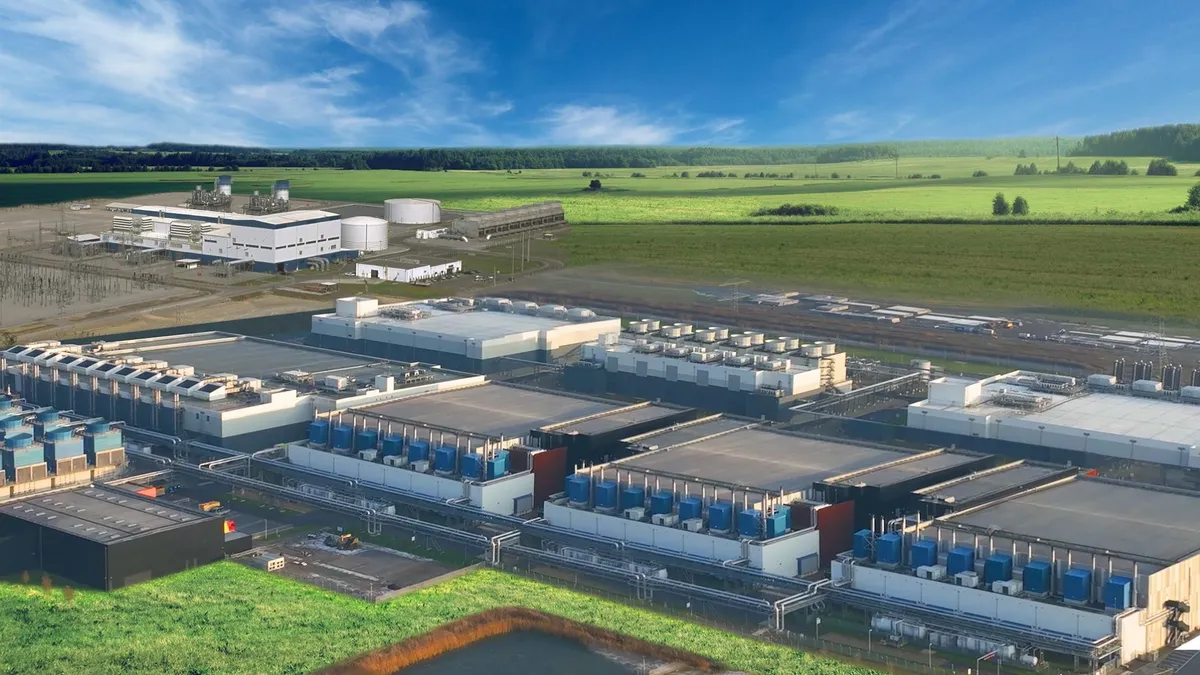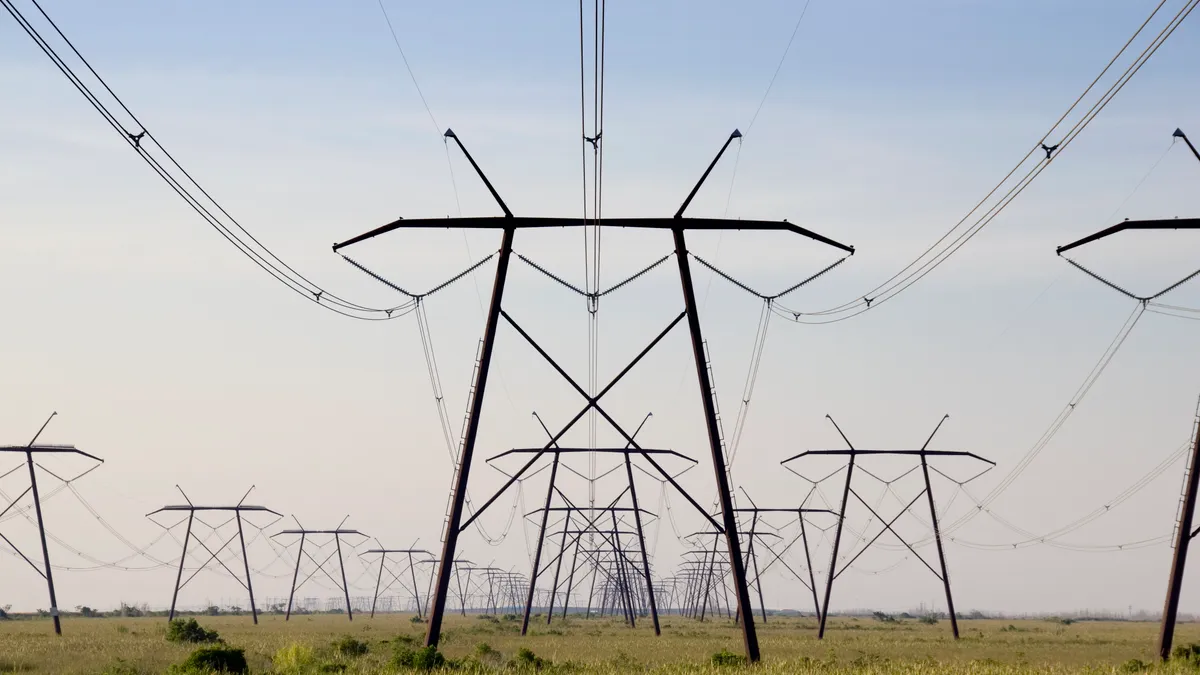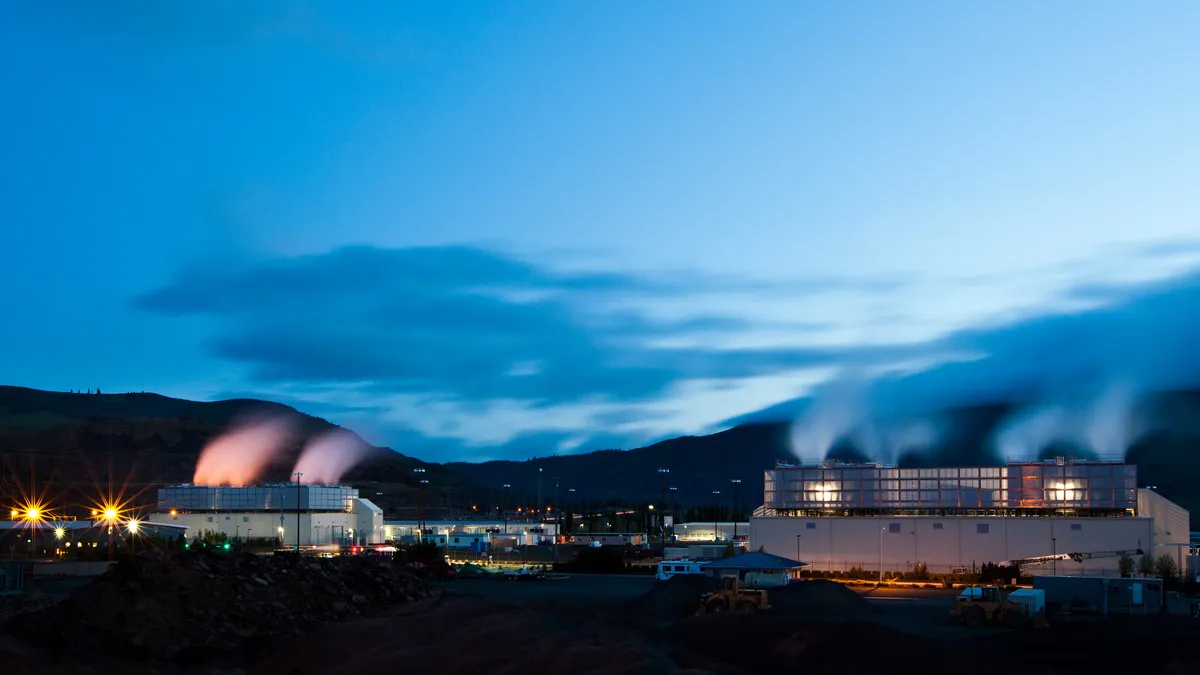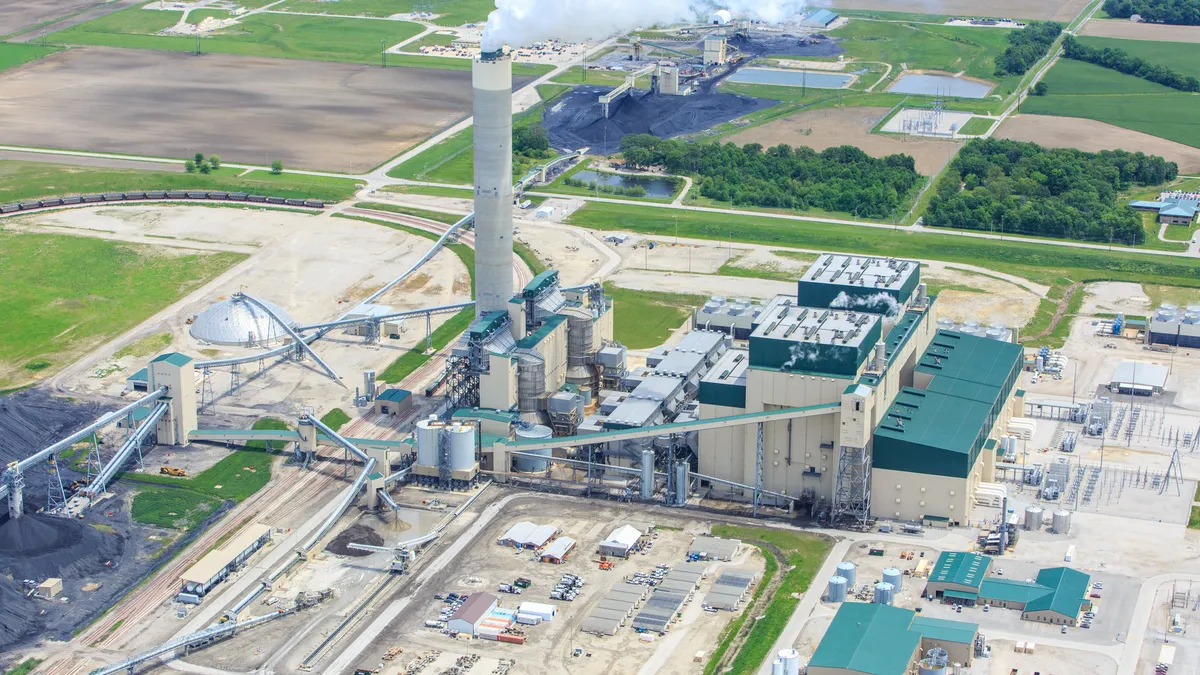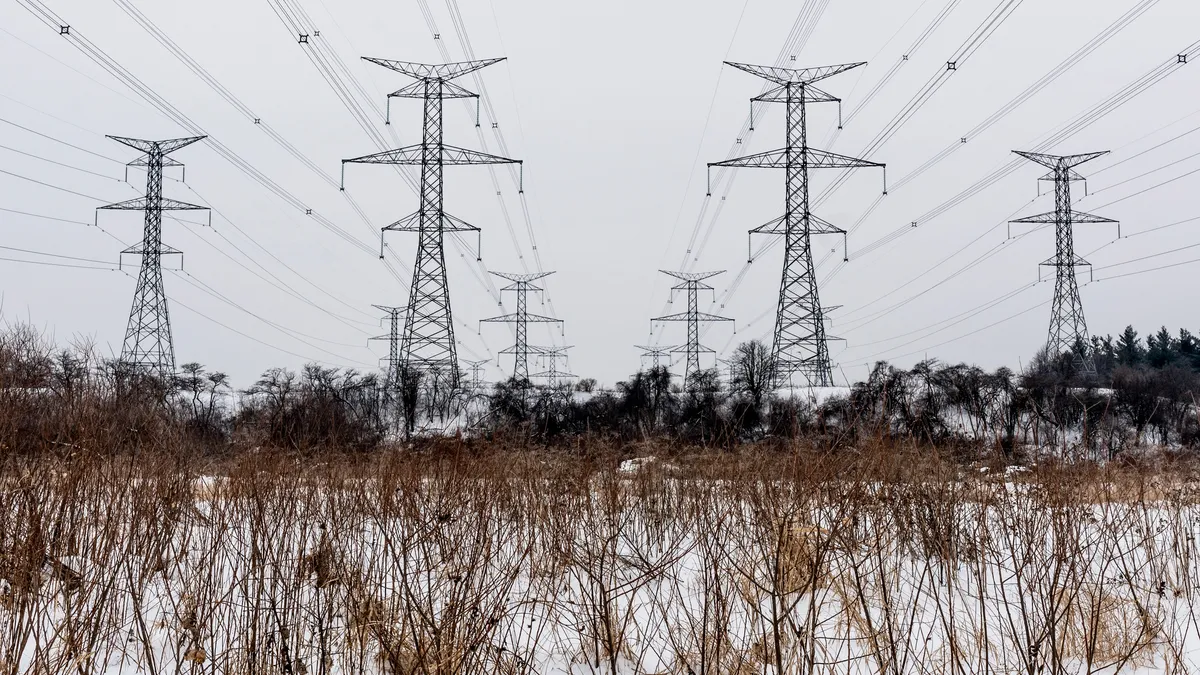The following is a contributed article by Ben Hertz-Shargel, a nonresident senior fellow at the Atlantic Council Global Energy Center.
Decarbonizing the nation's electric grid and transportation system is one of the chief aims of the Biden administration's new infrastructure plan. The plan calls for significant investment in clean energy resources, such as offshore wind, as well as electric vehicles (EVs) and their charging infrastructure.
Pundits' initial focus has been on the jobs that the American Jobs Plan could create. Equally important, however, will be the returns on both public and private capital that the investments generate, and this will depend to a large degree on how well they are leveraged within power markets.
Organized power markets cover around two-thirds of the U.S., and they are the venue within which much of the envisioned generation, storage and transmission infrastructure will be deployed. Thanks to FERC's recent Order 2222, EVs and even residential and commercial heat pump systems — intended to replace natural gas-based heating — will have an opportunity to earn revenue in markets as part of distributed energy resource (DER) aggregations.
Monetization in power markets is not a foregone conclusion, however. These markets face an array of challenges, as well as fundamental questions regarding their accommodation of decarbonization. These questions will need to be resolved in ways that give both investors and municipalities confidence that their resource investments will not only earn satisfactory returns, but that they will also achieve the expected impacts on climate and energy security.
One question is what role, if any, organized capacity markets will play in a decarbonized power system. Centralized capacity markets have a poor track record today, procuring too much capacity at too high a price. The product procured in all capacity markets, moreover — which is simply the commitment to offer economically into the real-time market at a future date — falls far short of what the grid will need and what advanced technologies can offer. The North American Electric Reliability Corporation (NERC) has identified frequency response, voltage support and flexible ramping capability as key requirements for supporting high renewables penetration. Paying potentially inflexible resources simply to bid into the market does not deliver any of these.
Another question regards the role of ISOs and RTOs in accounting for generator emissions, and for dealing with conflicting state policies on carbon more generally. The Biden infrastructure plan calls for significant investment in offshore wind, for example, which dovetails with existing subsidies from coastal states such as New Jersey and Maryland.
But the minimum offer price rule (MOPR) approved by FERC in PJM — the market within which both states fall — would effectively eliminate capacity revenue for offshore projects that fail to win an exemption, as it does for subsidized solar, onshore wind and nuclear. The MOPR also limits the emissions and cost savings of the investments by forcing customers to buy higher cost fossil-based power through the capacity market, ignoring the subsidized clean resources and in effect subsidizing the uncompetitive ones.
Without capacity revenue, the clean resources that the infrastructure plan brings to market can still rely on revenue from long-term power purchase agreements. But this revenue is threatened as well. The marginal pricing methodology used by markets to compensate generators causes renewables to severely depress real-time energy prices, which are the basis of the price they receive in long-term contracts. (Buyers will not be willing to commit to prices far above what they expect to pay in the spot market.)
The ISO/RTO approach to this problem has not been to ensure that the "missing money" for renewables and other competitive resources is found, but rather to pay uncompetitive resources outside of the market to help keep the lights on. This is not a recipe for the long-term health of a decarbonized fleet.
In addition to energy prices, carbon prices pose challenges to power markets. Today, only CAISO explicitly incorporates a carbon price into its real-time pricing and dispatch, which originates in California's emission trading system. Doing so ensures that resources in CAISO's Energy Imbalance Market — those both inside and outside of California — compete on a level playing field, that emissions leakage is minimized, and that carbon costs are allocated appropriately.
New York is developing plans to incorporate the social cost of carbon into the NYISO market, but at present neither NYISO nor PJM account for the carbon compliance costs paid by generators located in states participating in the Regional Greenhouse Gas Initiative (RGGI), the northeast's cap-and-trade system. This puts RGGI-covered resources at a competitive disadvantage in those markets, risks emissions leakage and raises costs on all customers when covered resources are on the margin, rather than just those customers in RGGI states.
Clean generation represents only one area of focus of the Biden plan. The electrification of key demand sources, notably space heating and transportation, is another.
Beyond the energy efficiency benefit of converting these technologies from fossil fuel combustion to electric motor-based, as well as the opportunity to power them with renewables, their grid service potential is massive. Heat pumps and EVs are inverter-based, cloud-connected and capable of storing energy (in the former case, heat energy stored in a room), which together make them capable of providing all of NERC's essential reliability services. Harnessing that capability will be critical in balancing renewables in the seconds to hours timescales if the US is to reach the level of renewable penetration necessary to achieve the Biden Climate Plan target of net zero emissions by 2050.
Unfortunately, even with Order 2222 in the books, significant questions remain regarding how these resources and other DERs will be able to participate in markets. FERC has left considerable latitude to ISOs and RTOs to determine metering and telemetry requirements for DERs (which today are prohibitive), whether aggregations must be confined to lie behind individual transmission nodes, and in what circumstances DERs can be compensated for distribution services at the same time as wholesale services.
This question is most consequential for EVs. Lithium-ion capacity in vehicles is expected to be ten times greater than that in stationary batteries by 2030, at which point the EV fleet will be by far the grid's largest storage resource. But not only are the contours of permissible retail and wholesale participation of EVs unclear, there is not even agreement among states as to when EV charging constitutes a retail transaction, a wholesale transaction, or vehicle fueling. Denying behind-the-meter EV chargers access to wholesale prices could negate their economics as storage resources, wasting the vast installed capacity they represent.
An even thornier question is how interconnection will work for wholesale-participating EVs. Jurisdictional questions and requirements for behind-the-meter interconnections are already contentious, before one considers the mobility of EVs and their capability of providing grid services at multiple network locations. If the US is to fully leverage the vast EV infrastructure that the American Jobs Plan proposes, EVs must be permitted to provide all the grid balancing services of which they are capable, and that means a single flexible federal standard for EV interconnection. Such an effort could take upwards of a decade and would require significant state and federal regulatory cooperation.
There is no question that the American Jobs Plan's infrastructure investments could have a transformative effect on the stability, efficiency and cleanness of the grid. It is equally clear, however, that power markets have a whole lot to sort out before we get there.






